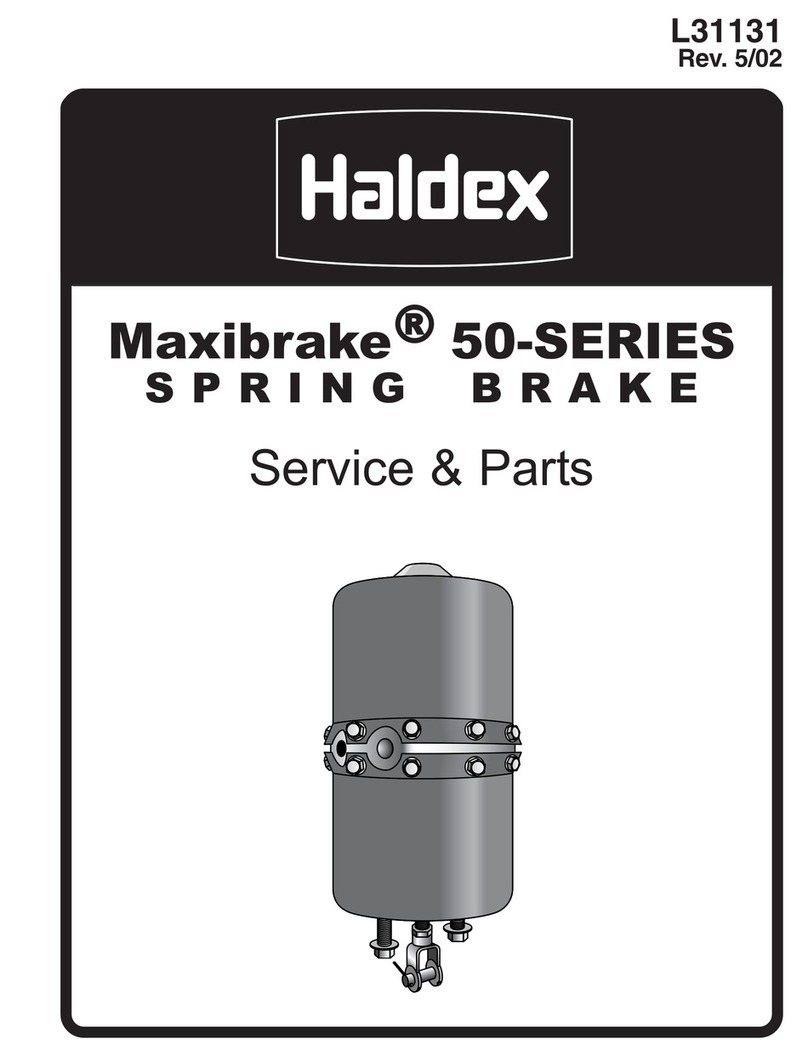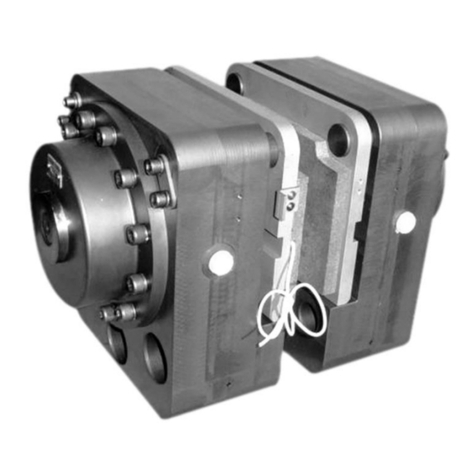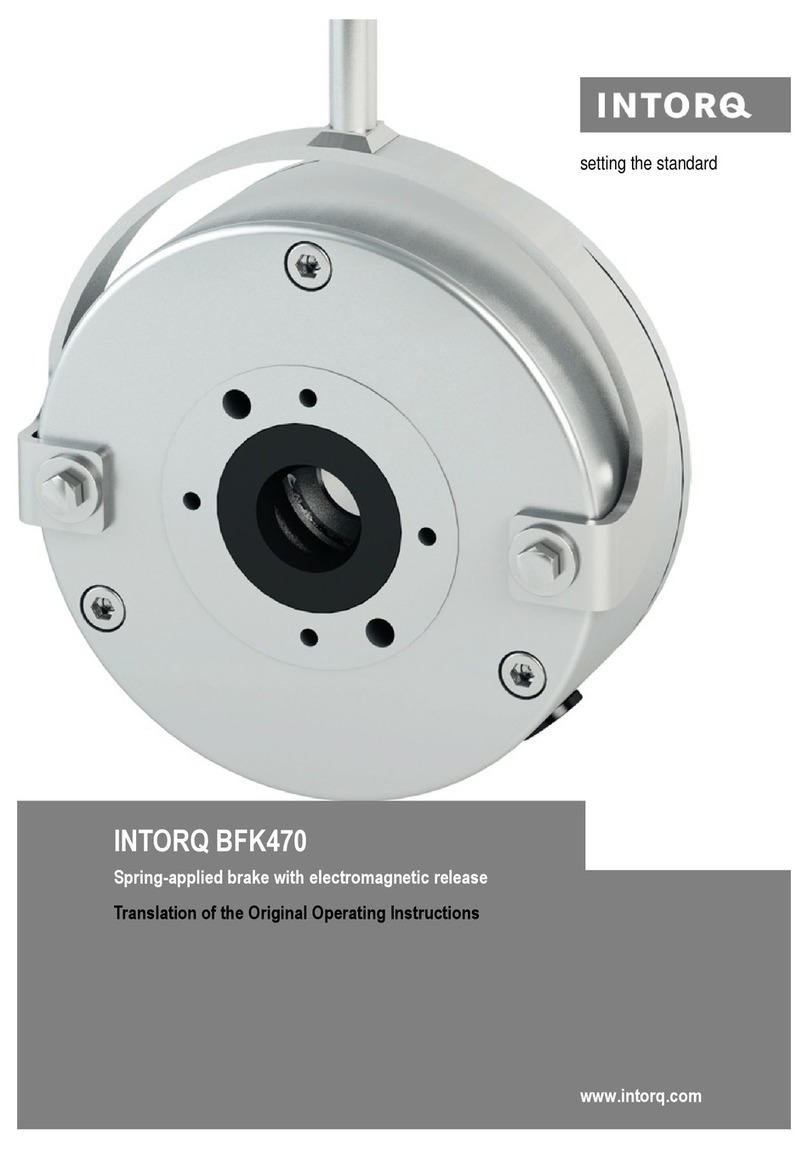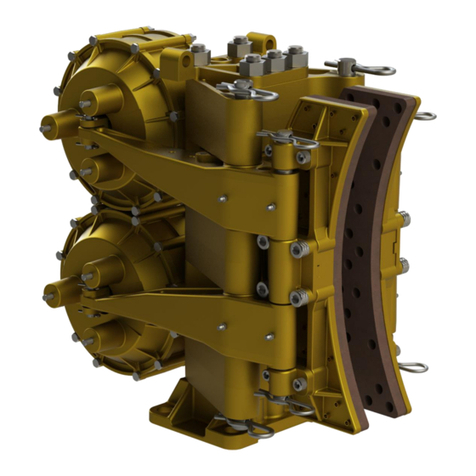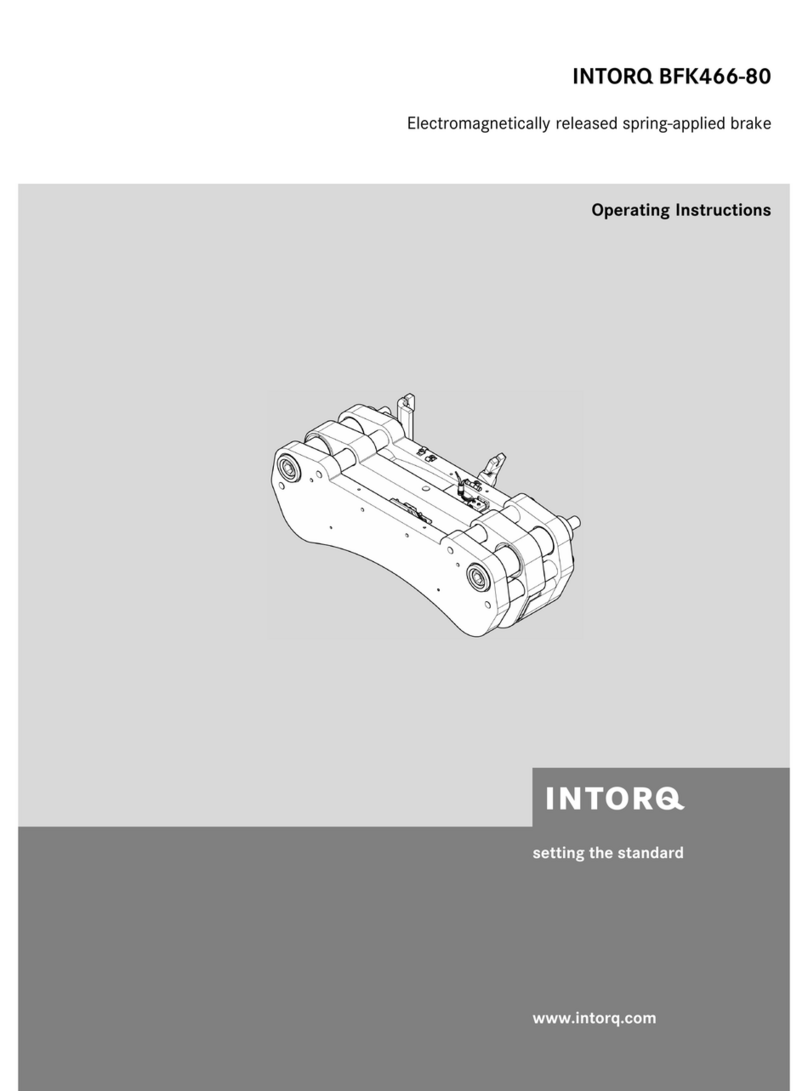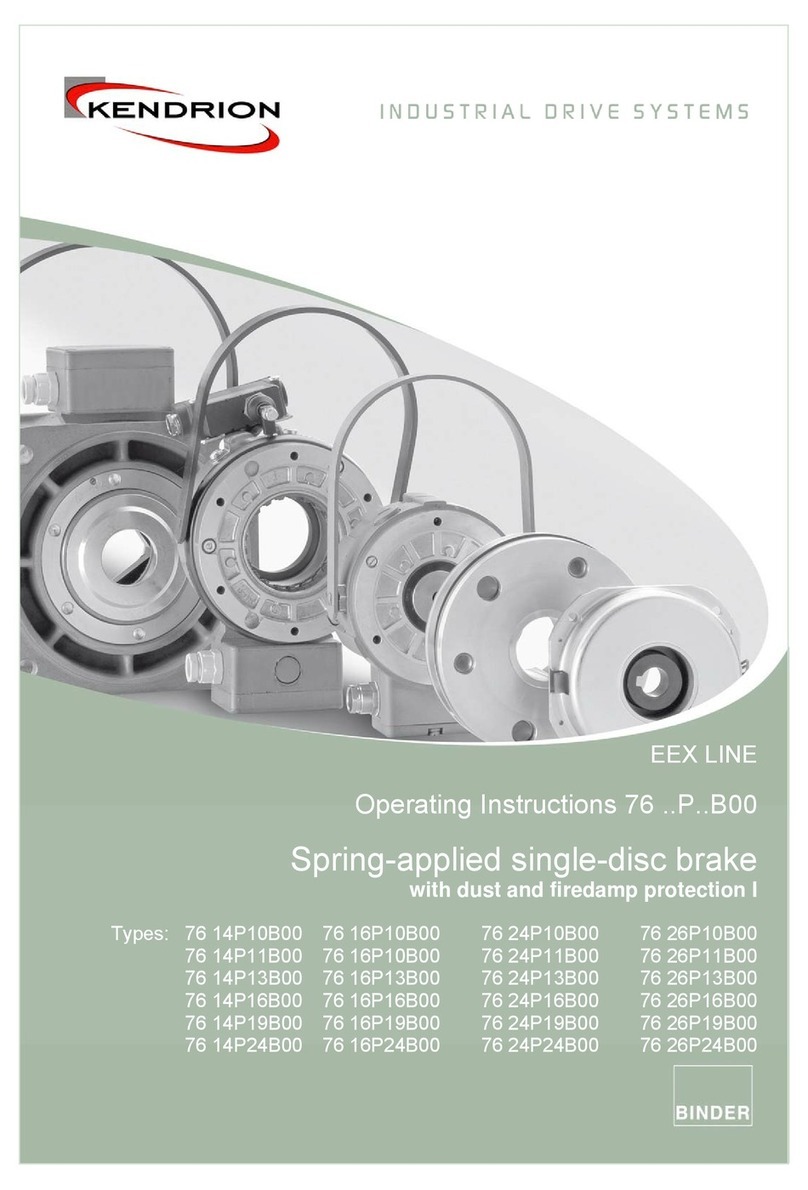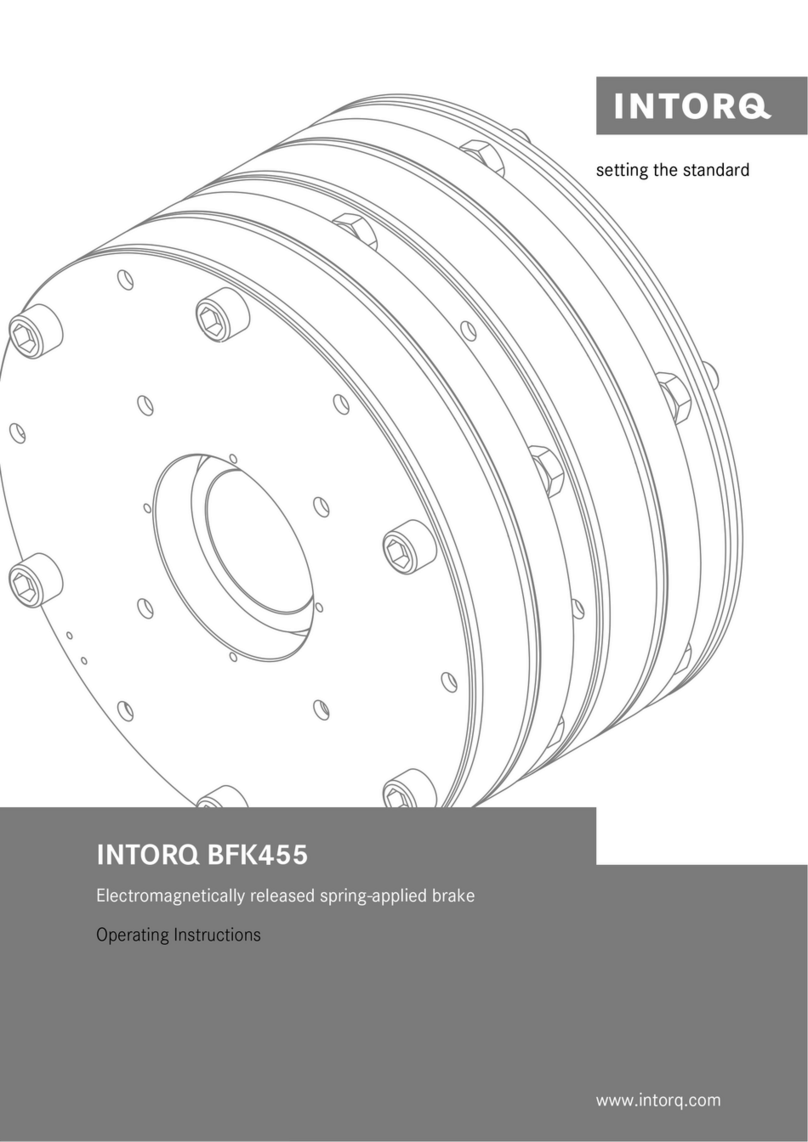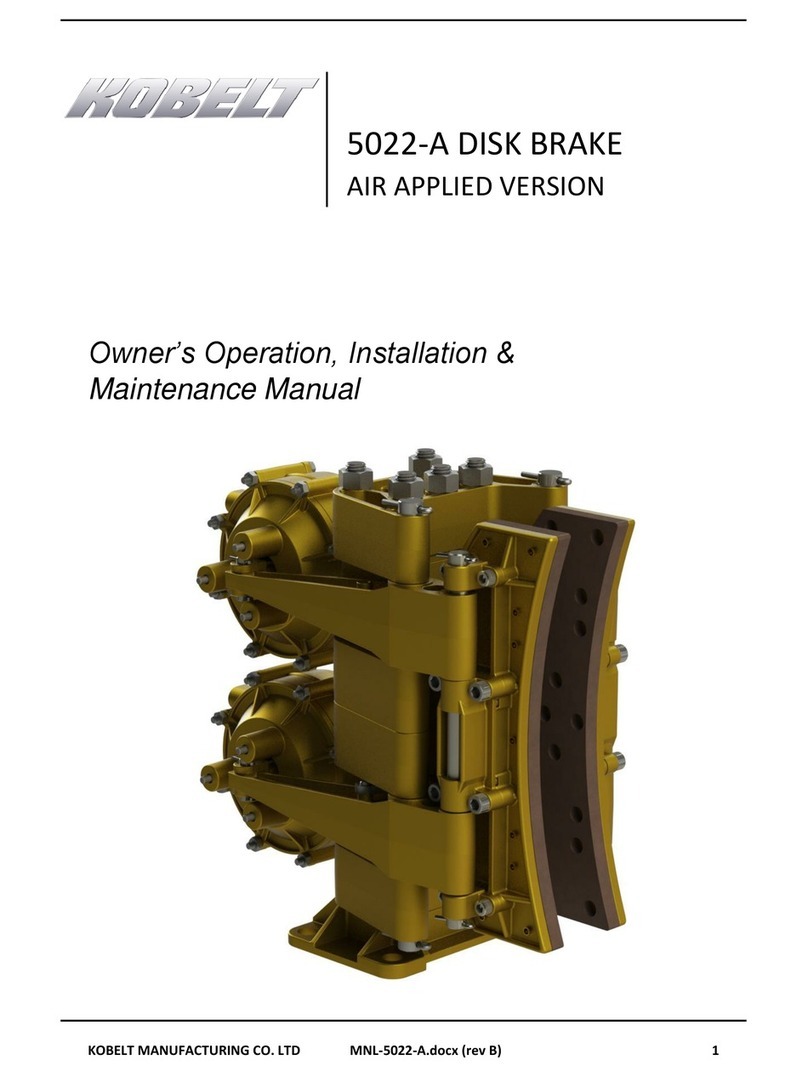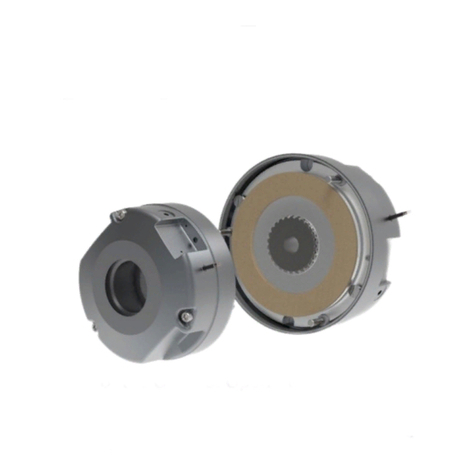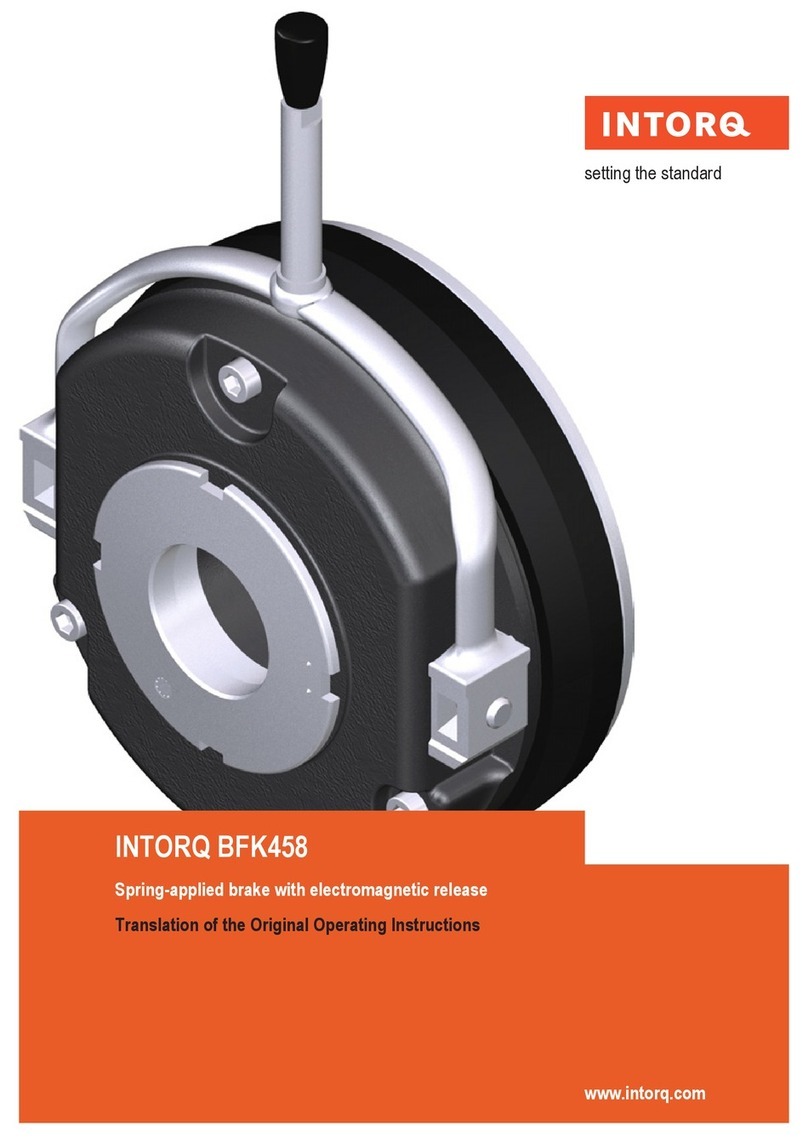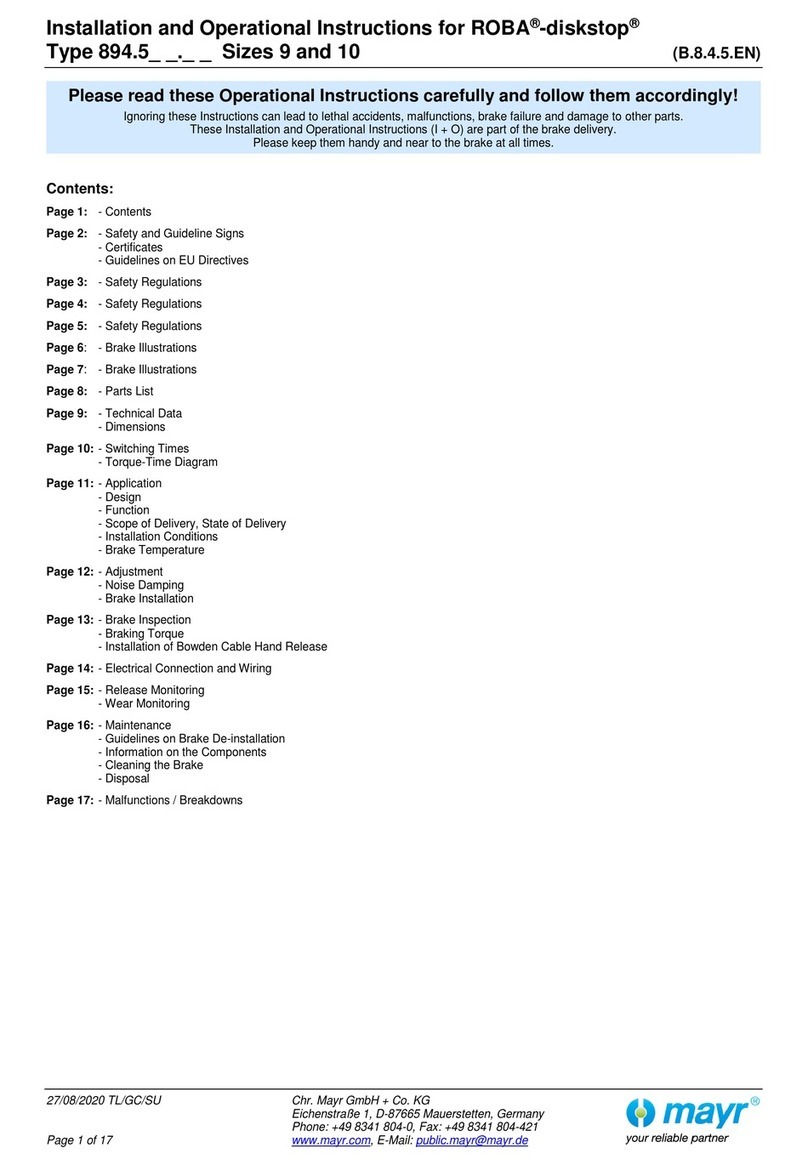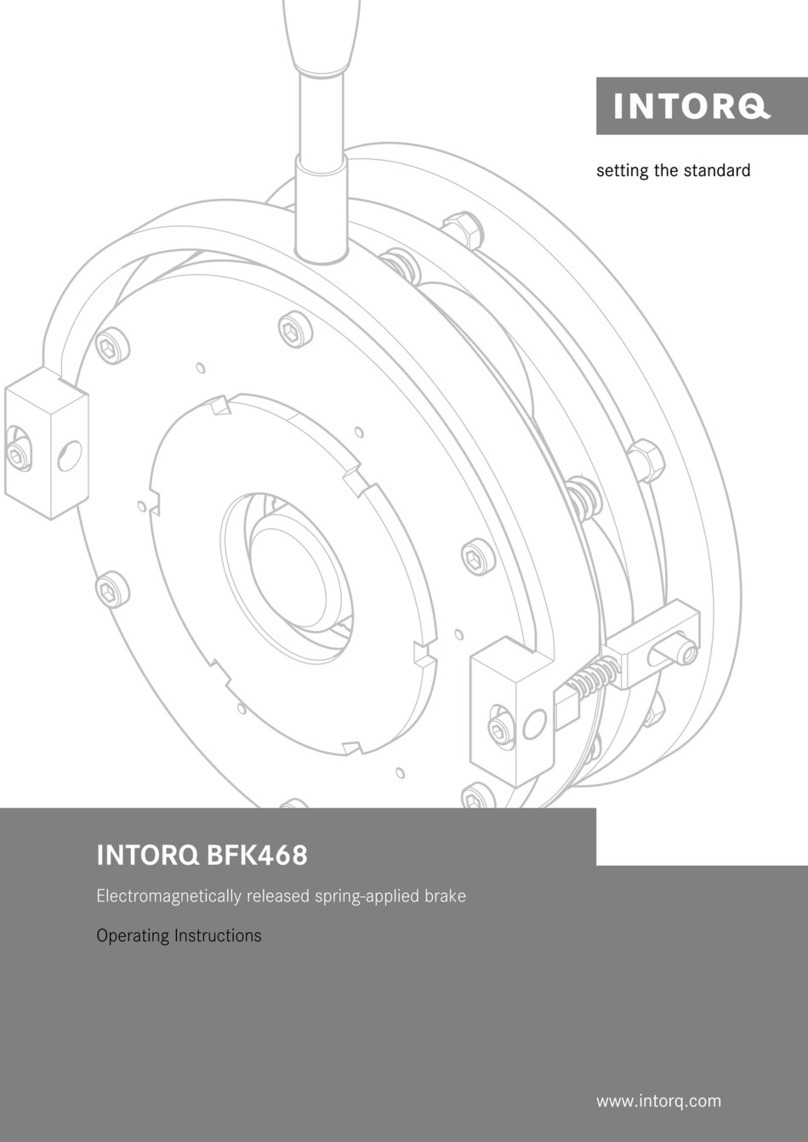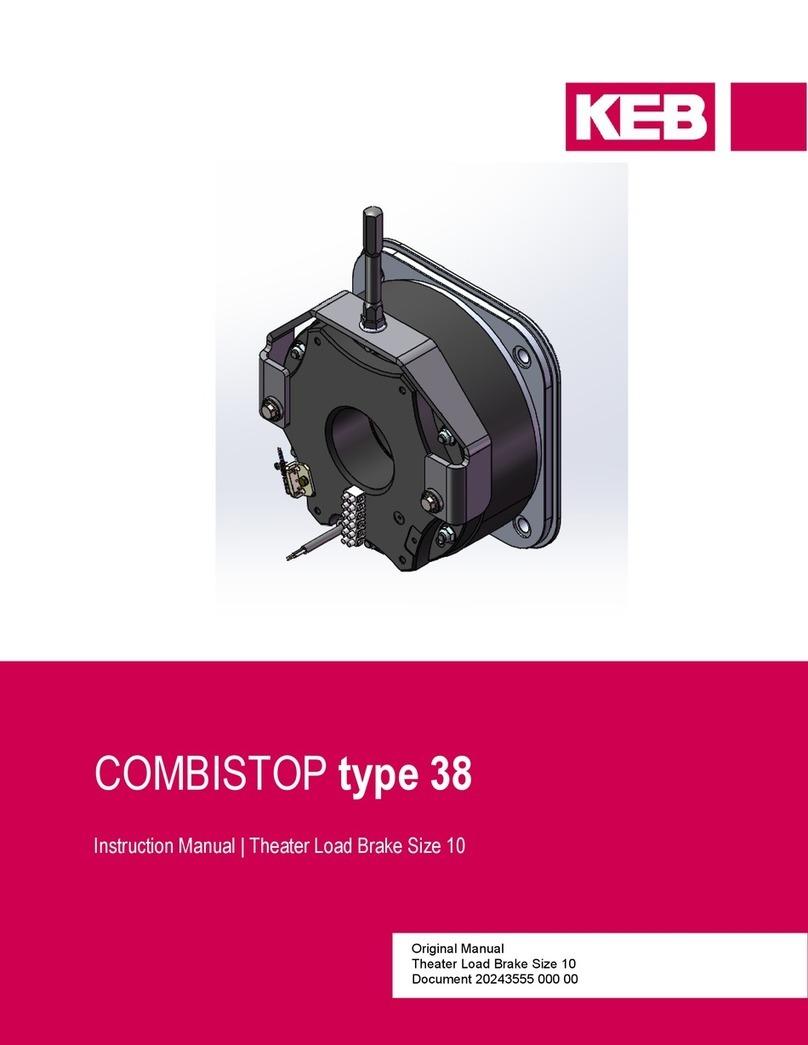
Table of Contents
01.09.2011 Rev. 01 COMBISTOP Type 38 Page I
Table of Contents
1Introduction ...................................................................................................................1
1.1 Means of Representation.................................................................................................2
1.2 Safety Instructions...........................................................................................................2
1.2.1 General Safety Instructions .............................................................................................3
1.2.2 Safety Instructions for Operation .....................................................................................4
1.2.3 Safety Instructions for Maintenance.................................................................................4
1.2.4 Permissible Friction Work ................................................................................................4
1.2.5 Special Risks when Using the Brake ...............................................................................4
1.2.6 Risks Caused by Electric Power ......................................................................................5
1.2.7 Personal Protective Equipment .......................................................................................5
1.3 Obligation of the Operating Company..............................................................................5
1.4 Obligation of the Personnel .............................................................................................6
1.5 Specified Application .......................................................................................................6
1.6 Guarantee and Liability....................................................................................................7
2Product Description ......................................................................................................8
2.1 Overview/Parts List..........................................................................................................8
2.2 Functional Description .....................................................................................................9
2.3 Safety Devices ................................................................................................................9
2.3.1 Micro Switch (Option) ......................................................................................................9
3Transport and Storage ................................................................................................10
3.1 Inspections on Acceptance by the Recipient .................................................................10
3.2 Notes on Transport........................................................................................................10
3.3 Packaging .....................................................................................................................10
3.4 Storage Instructions for Temporary Storage ..................................................................10
4Mounting and Start-up ................................................................................................11
4.1 Mounting .......................................................................................................................11
4.1.1 Notes on Mounting ........................................................................................................11
4.1.2 Mounting the Brake .......................................................................................................12
4.1.3 Mounting the Hand Release (Option) ............................................................................14
4.1.4 Micro Switch (Option) ....................................................................................................17
4.1.4.1 Replacing the Micro Switch ...........................................................................................18
4.1.4.2 Checking the Micro Switch Settings...............................................................................19
4.1.4.3 Readjusting the Micro Switch ........................................................................................20
4.1.5 Electrical Connection.....................................................................................................21
4.1.5.1 Connecting the Brake ....................................................................................................22
4.2 Initial Start-up ................................................................................................................24
4.2.1 Inspections prior to Start-up of Brake ............................................................................24
4.2.2 Notes on Running-in Process ........................................................................................24
5Operation .....................................................................................................................25
5.1 Actuating the Hand Release ..........................................................................................25
6Malfunctions ................................................................................................................26

